Vienna: Grand, Historic, and a Little Bit Fairytale
On a recent river boat cruise, we stopped in Vienna and were immediately struck by its elegance, energy, and deep sense of history.
We were part of a walking tour for the first part of our day and then ventured out on our own for the rest. The walking started in The Volksgarten (People’s Park) the beautiful public gardens in the center of the city.
This post covers a day in Vienna where we walked and took the metro to cram as much as possible in one short day.
Volksgarten (The People’s Garden)
Roughly 30% of Austria’s population lives in Vienna, a city shaped both literally and figuratively by the Danube River, which cuts it in half making it feel like an island of its own. The Austrian’s actually don’t call the city, Vienna, rather, Wein. Our first impression was that, even though it’s a bustling city, it is a big walking and biking city for all.
In Volksgarten we soon came across what seemed a miniature Greek temple — stark white, columned, and perfectly symmetrical. It’s called the Theseus Temple, built in 1823 for Emperor Franz I.
Coming out of Volksgarten we next saw Heroes Square or Heldenplatz. The bronze statue is of Archduke Charles, one of Austria’s great military leaders. What struck me about the statue was the rearing horse balancing on just two hind legs. Pretty good work for the 1800’s.
In the background is actually the Vienna City Hall built in a Gothic style like much of the architecture in the city. We did not get a closer view but what a stunning and massive city hall!
And, what made this a fun shot, of course was the little yellow tour car in the foreground. That would be a great way to get around the city!
Hofburg Palace
We next came upon the impressive Hofburg Palace. The palace began as a medieval fortress in the 13th century, but over the next 600 years, it morphed into a sprawling complex that now includes over 2,600 rooms, 18 wings, and 19 courtyards. The size is hard to grasp until you’re standing in the middle of it but it is close in scale to Versailles.
The palace tells a story in layers, as in that the most dramatic addition — the Neue Burg (New Castle) — was started in the late 1800s as part of an ambitious plan to create a grand Imperial Forum. But that vision was never fully realized. In 1914, the assassination of Archduke Franz Ferdinand — the very event that triggered World War I — changed everything. The empire collapsed just a few years later, and construction stopped.
Not only is there WWI, but significant WWII events that happened here. At one side of the square is the balcony where Hitler declared, “We are all Germans,” to the Austrian people. But the sentiment did not fully land. Austrians, we were told, did not want to be Germans — they wanted to remain Austrians.
This bronze is actually Francis I the last Roman emperor before Austria became it’s own country. The inscription at the bottom reads, “AMOREM MEUM POPULIS MEIS"— Latin for "My love to my peoples."
Almost to the end of the place portion of the tour. It was a very warm summer day in Vienna. Be prepared with hats, sunglasses, water and sunscreen!
At first glance, I thought this column was another depiction of Archangel Michael — we’d seen similar statues across Europe. But this one has a more local story. But we learned from our guide it’s the Pestsäule, built after the Great Plague of 1679 ravaged Vienna. With angels, clouds, and golden crowns swirling upward, it’s Vienna’s , baroque way of giving thanks — and maybe asking for mercy, just in case.
St. Stephen’s Cathedral
In the center of town, you can’t miss St. Stephen’s Cathedral or Stephansdom. The spires tower to over 440 feet, in a cathedral that has stood here since the 15th century. There was actually a church here even earlier dating back to the 12th century. Sadly the cathedral was heavily bombed in WWII but has since been re-built.
One fascinating detail we learned is that Vienna was once a walled city. When the cathedral was originally built, it stood outside the city walls. Later, the walls were moved to enclose it.
Inside the beautiful cathedral. You can see that renovation work continues today.
The State Hall Inside the Austrian National Library
One of the most favorite stops on our visit was the Austrian National Library. You do have to pay a fee, but we thought this a once in a lifetime stop, so we didn’t mind.
The Grand Staircase
Our first impression, after paying the fee, was that this is unlike any library we’ve seen before.
Then we came to the actually library. Ok I’ll admit it….I had a complete “Belle” moment walking into this library. If you are a fan of the Disney, “Beauty and the Beast” movie do you see it too? Belle’s dream library? In reality, the collection holds over 200,000 historic books, some dating back to the 16th century.
The State Hall is nearly 80 meters long and 20 meters high, with an elaborate baroque ceiling fresco that makes you want to stand still and just look up for a while. It is truly one of the most impressive spaces I have ever seen and one not to miss in Vienna.
The library was commissioned by Emperor Charles VI in the early 1700s, designed as both a repository of knowledge and a show of imperial prestige. Statues of Habsburg emperors line the central aisle, and there’s even a globe collection with enormous antique celestial and terrestrial globes. It was about a 45 minute stop, but we are glad we made the time.
Lunch and A Look At The Opera House
Soon it was time for lunch. Like any great city, there are lots of choices for eating. If you are on the hunt for traditional Austrian Stitzel, like we were, stop at the Mozart Cafe. It did not disappoint, with a crunchy crust and warm, soft veal on the inside. We squeezed lots of lemon and tried a bit of the cranberry compote on the side. Delicious!
Right next to the Mozart Cafe sits the State Opera House, a cultural treasure with a tragic backstory. When it was first unveiled, the public reaction was harsh. Critics hated the Opera House’s design, and the response was so severe that one of the architects took his own life, and the other died shortly after of a heart attack. Tragic story for such an important building in the city.
We did not go in, but tours are given daily. Additionally there are performances every day between September to June, amounting to almost 350 performances a year. It is the most active opera house in the world, with many performances only taking place once, meaning the entire set can change daily.
Schönbrunn Palace
Our last stop in Vienna was Schönbrunn Palace, and honestly, it felt like saving the best for last. To get to Schonbrunn, you can either take a taxi or opt for the metro, like we did. It’s easy to navigate, you just need to buy a ticket at the metro station and off you go
Once the summer residence of the Habsburgs, Schönbrunn is more than just a palace — it’s a full experience. With 1,441 rooms, sprawling gardens, fountains, sculptures, and even a Gloriette on a hill overlooking the city, it’s easy to see why it’s often called Austria’s Versailles.
A timed ticket is still required as of the writing of this post. We were able to purchase tickets just a few hours before our visit. And if you show up early, they will make you wait, but there is plenty to see outside the palace on the grounds.
Before we even made it to the main rooms of Schönbrunn, we got an early taste of the grandness. At the top of the grand staircase, there’s this massive ceiling fresco from the 1700s — full of clouds, golden light, and symbolic figures showing off the Habsburgs’ power and reach. It’s like the empire’s greatest hits in one painting. Over the top? Totally. But also kind of amazing
We wandered through the state rooms, where gilded ceilings and crystal chandeliers speak to centuries of imperial power and extravagance. One of the most memorable details? Standing in the same room where six-year-old Mozart once performed for Empress Maria Theresa.
Below is the family dining room. Like the entire palace, it was still ornate — patterned wallpaper, polished furniture, and a sense of occasion — but it had a softer tone. This was where the imperial family actually ate their meals together. We learned that Empress Maria Theresa often had all 16 of her children dine with her. We assumed there were additional tables and chairs at some point?
One of the last rooms on the tour was the Great Gallery — and it really was great. Think mirrors, chandeliers, and an endless ceiling of painted clouds and symbolic figures. It felt like a ballroom straight out of a movie. Turns out, it kind of was: the Habsburgs held their grand banquets and receptions here.
The self guided tour included an audio guide which made wandering through on our own time very easy. We are so glad we made the time to tour the inside of Schönbrunn!
Outside, the gardens are just as impressive. Manicured and expansive, they’re designed not just for beauty but for powerful perspective — long sightlines, symmetry, and that classic sense of “look what we can control.”
A “Must See” In Vienna
It’s a busy day, but you can see so many highlights on a quick stop in Vienna, including the magnificent Schönbrunn Palace!
Want to Follow Along On Your Trek to Vienna? Follow Along on an App!
This article is also featured on GPSmyCity. To download this article for offline reading or create a self-guided walking tour to visit the attractions highlighted in this article, go to Walking Tours and Articles in Vienna. Click HERE to go directly to the post in GPSmyCity!

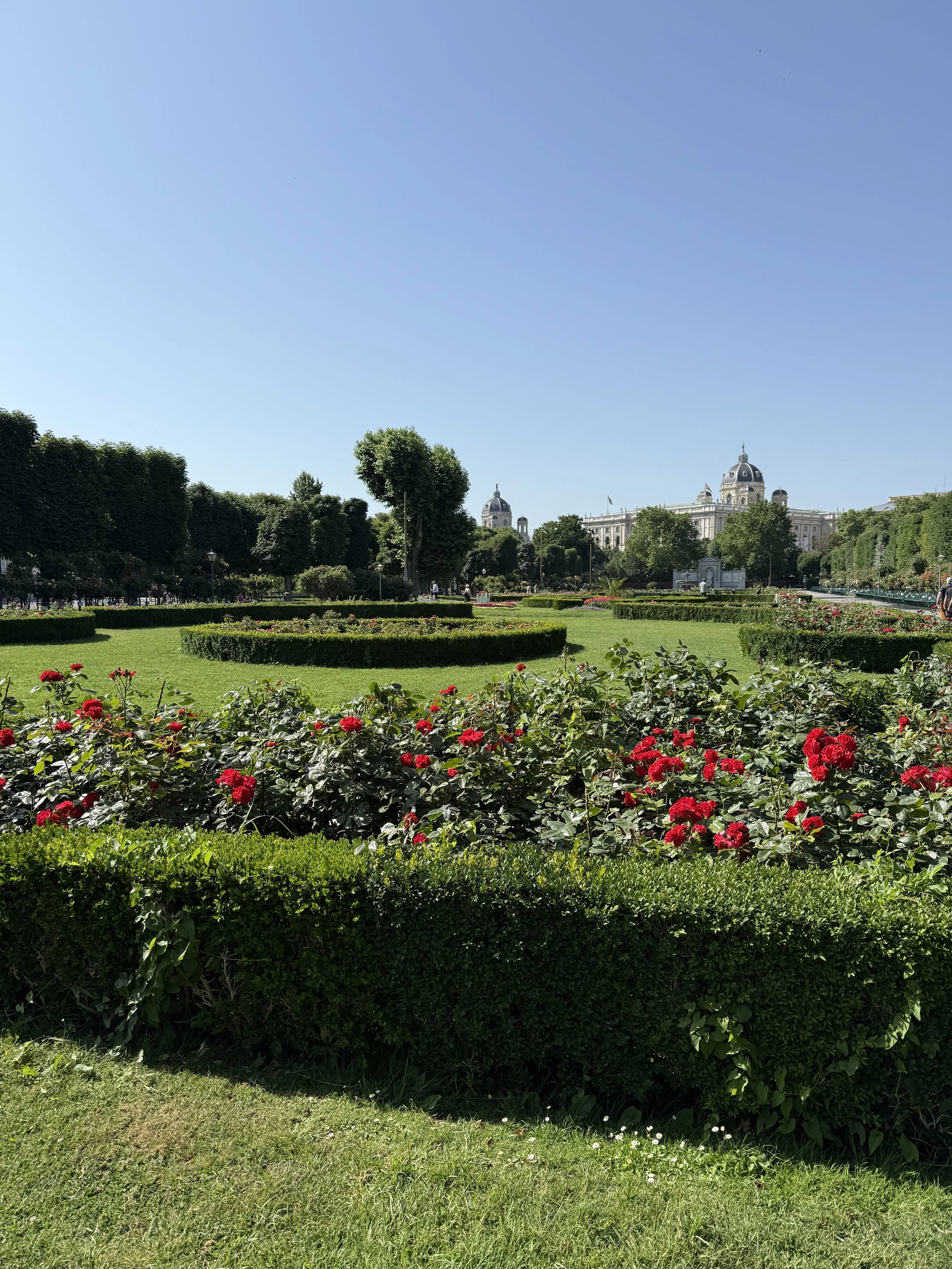
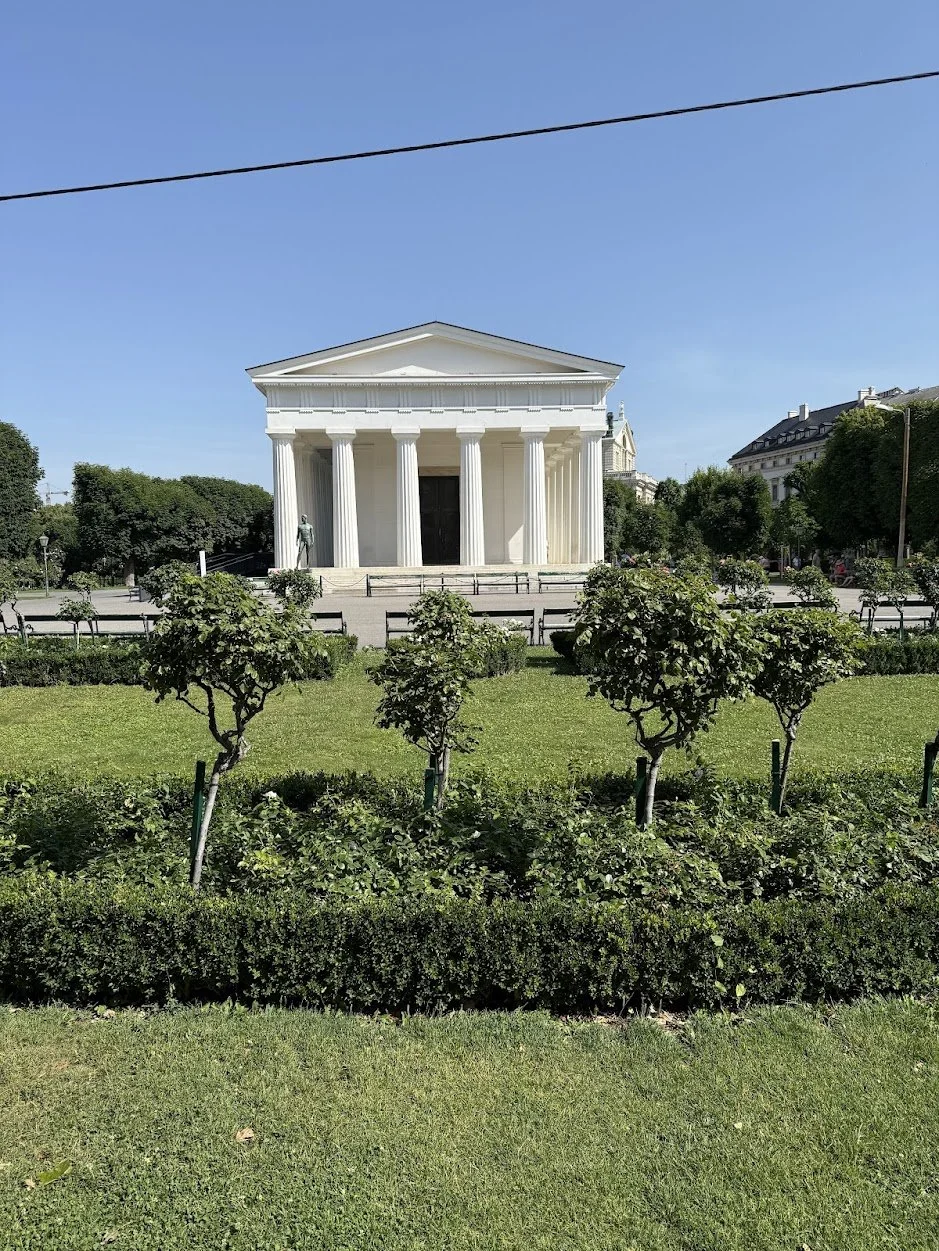




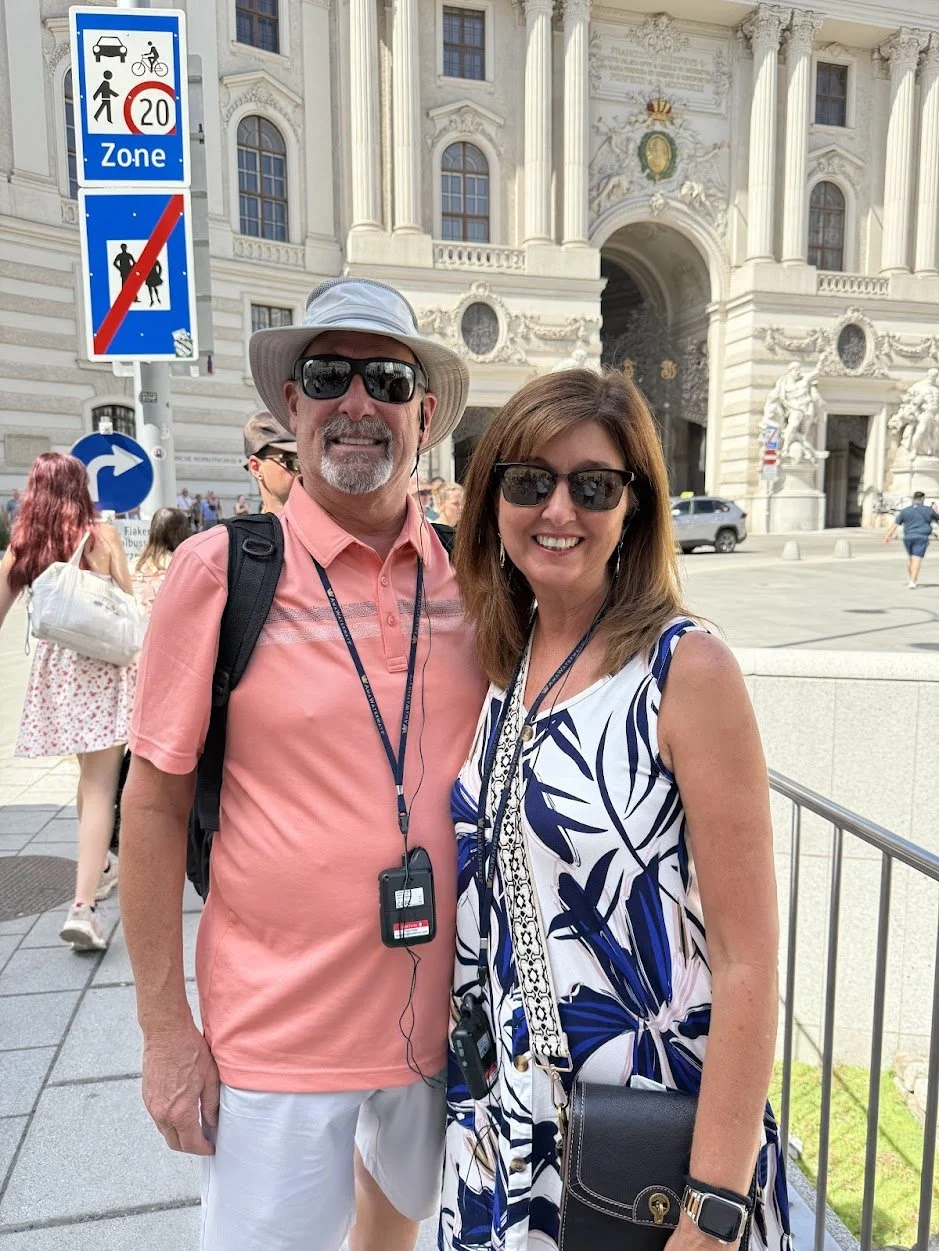



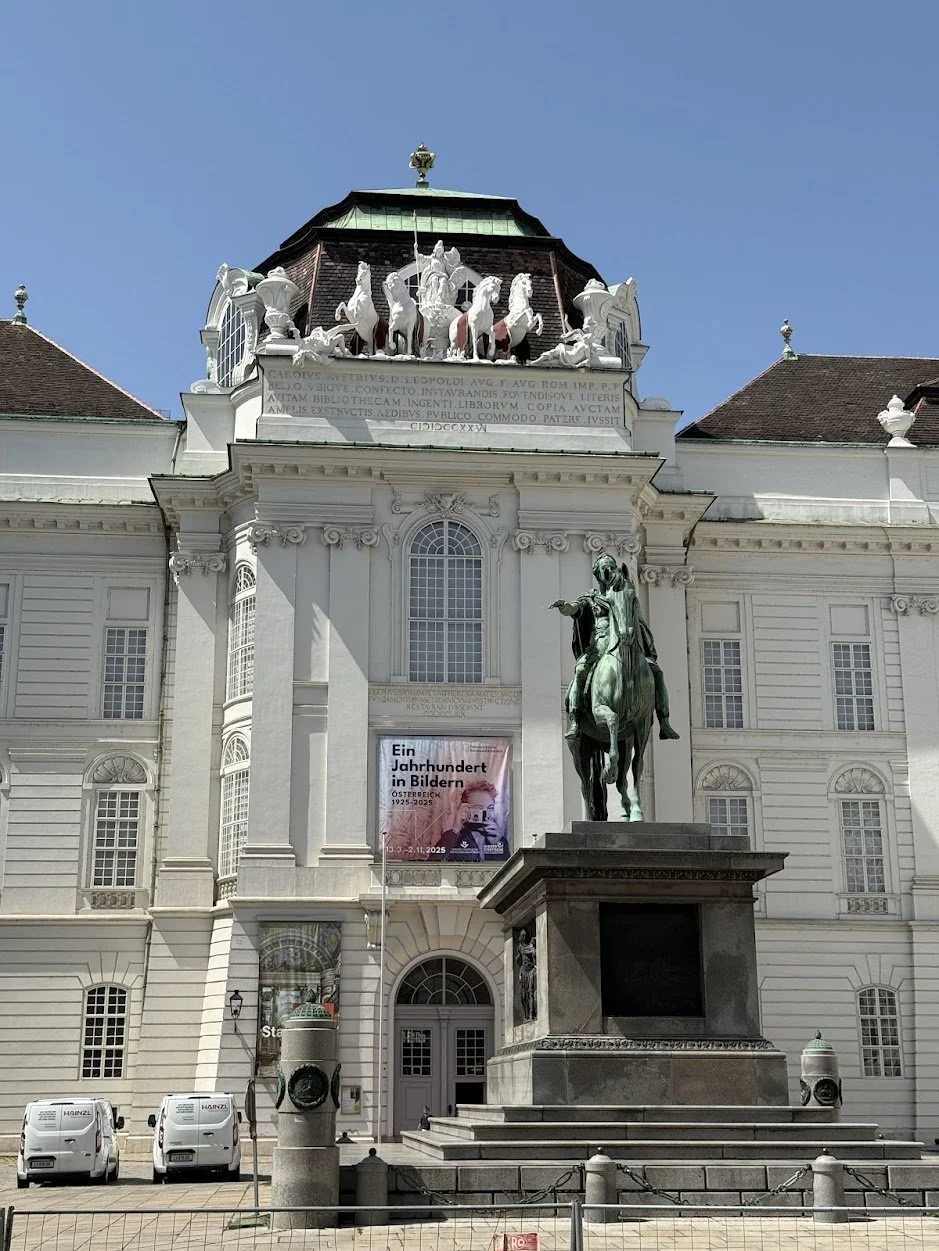
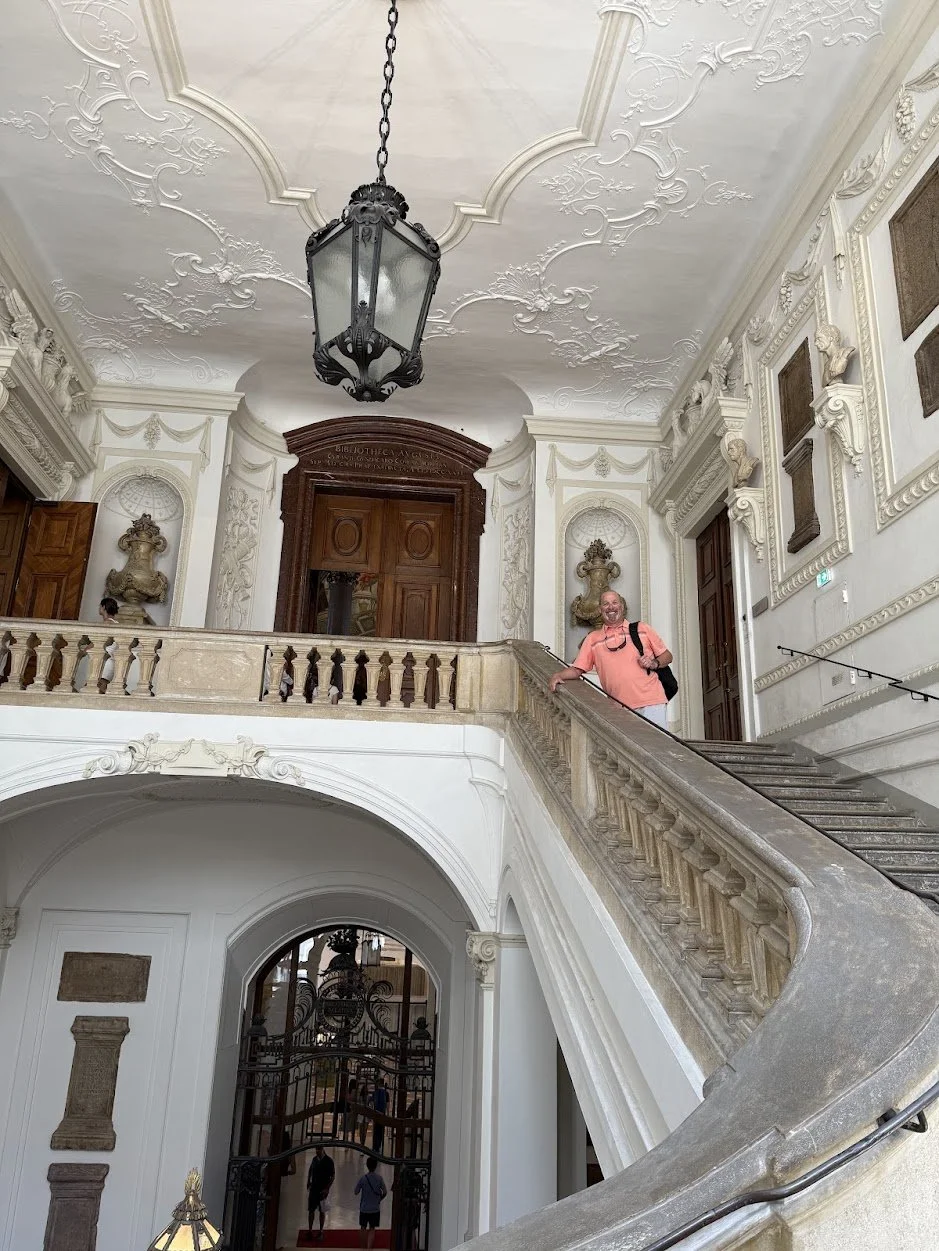

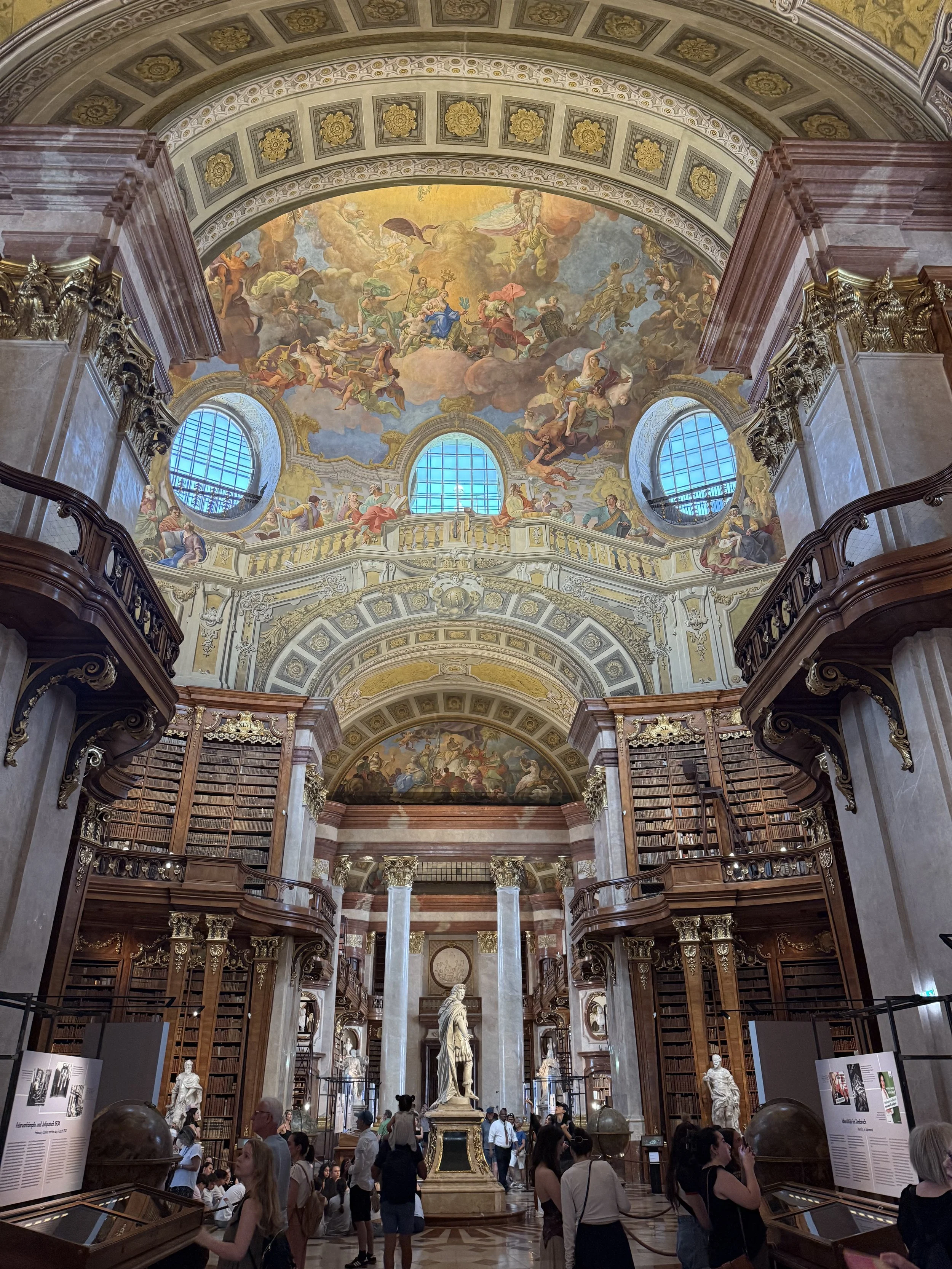
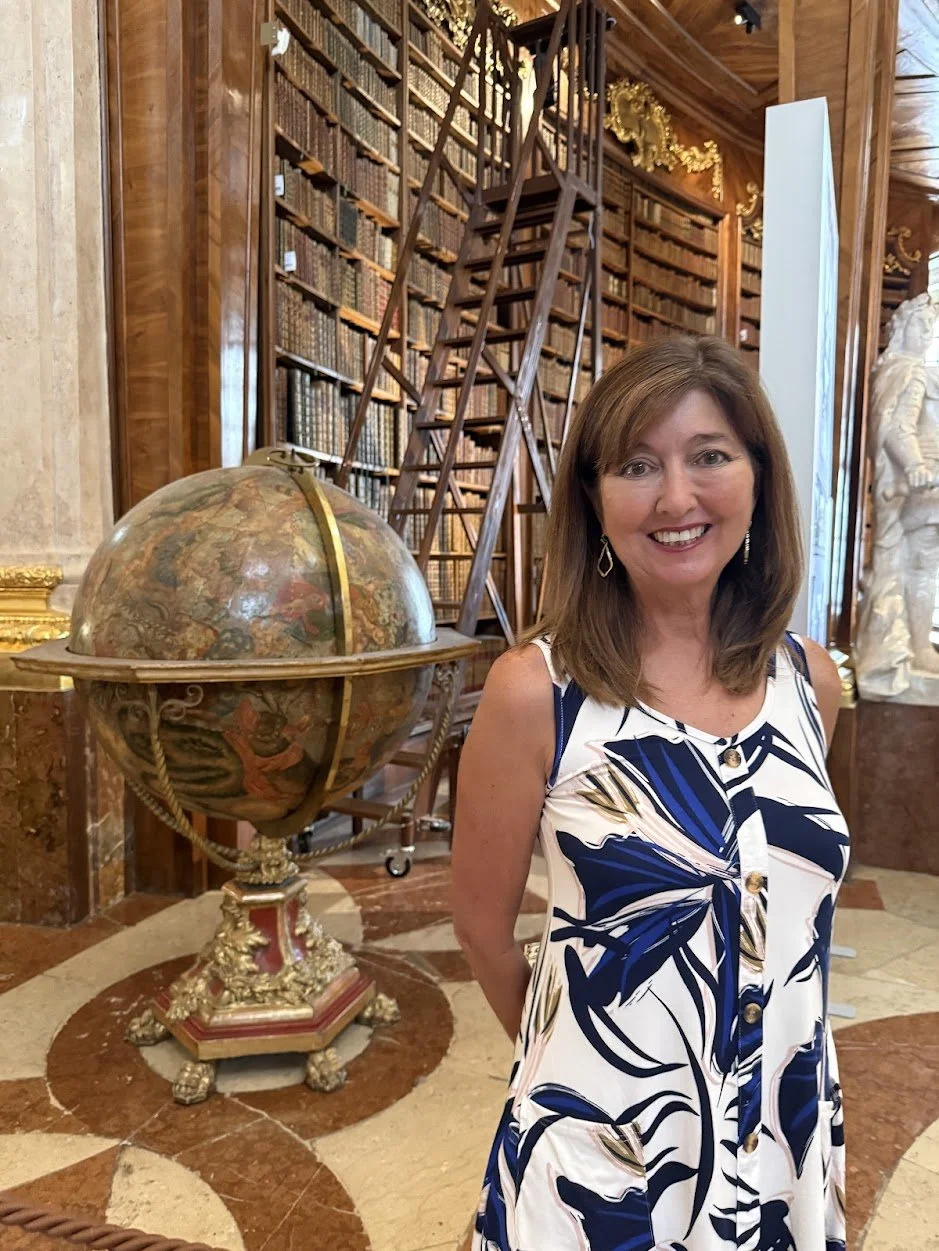



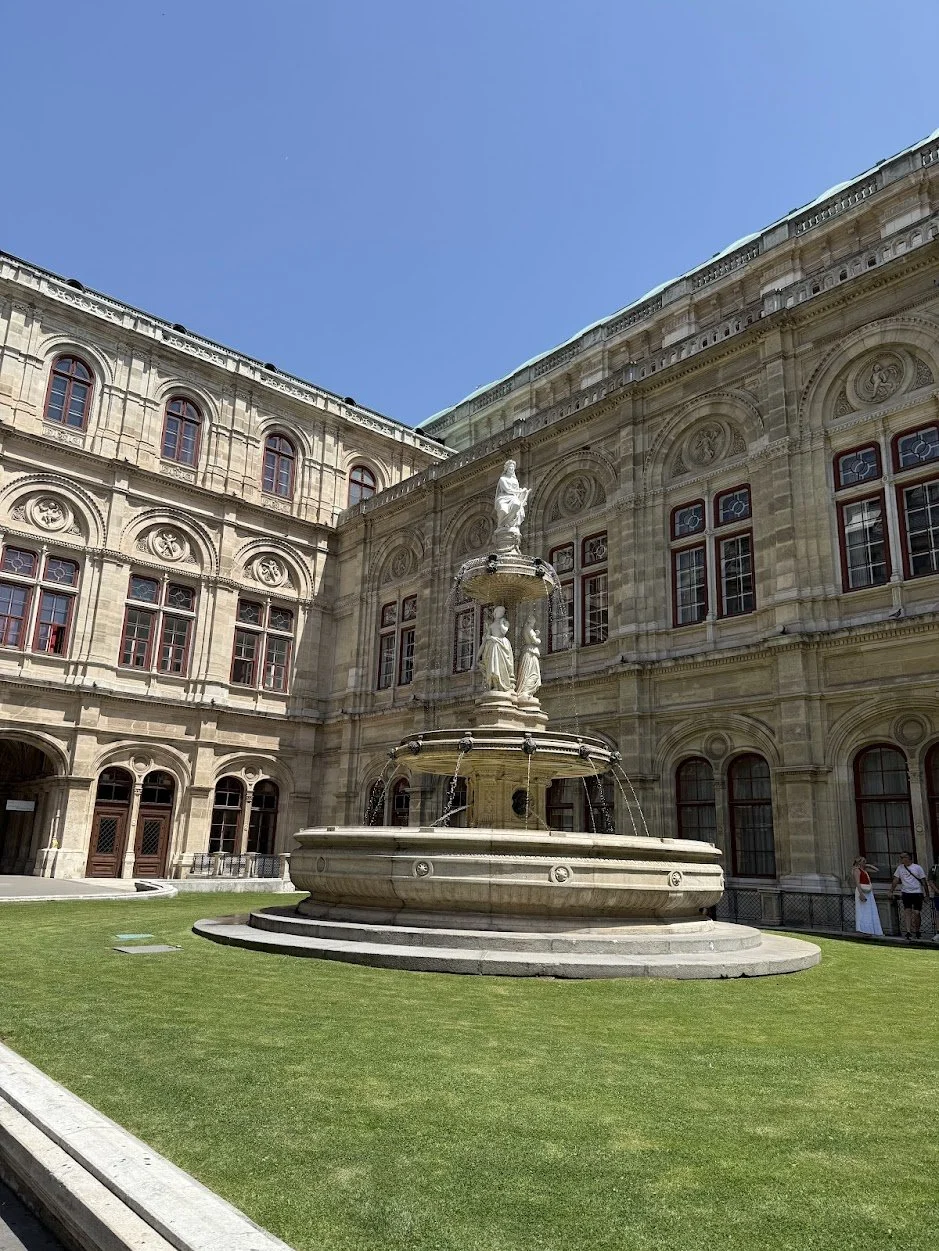

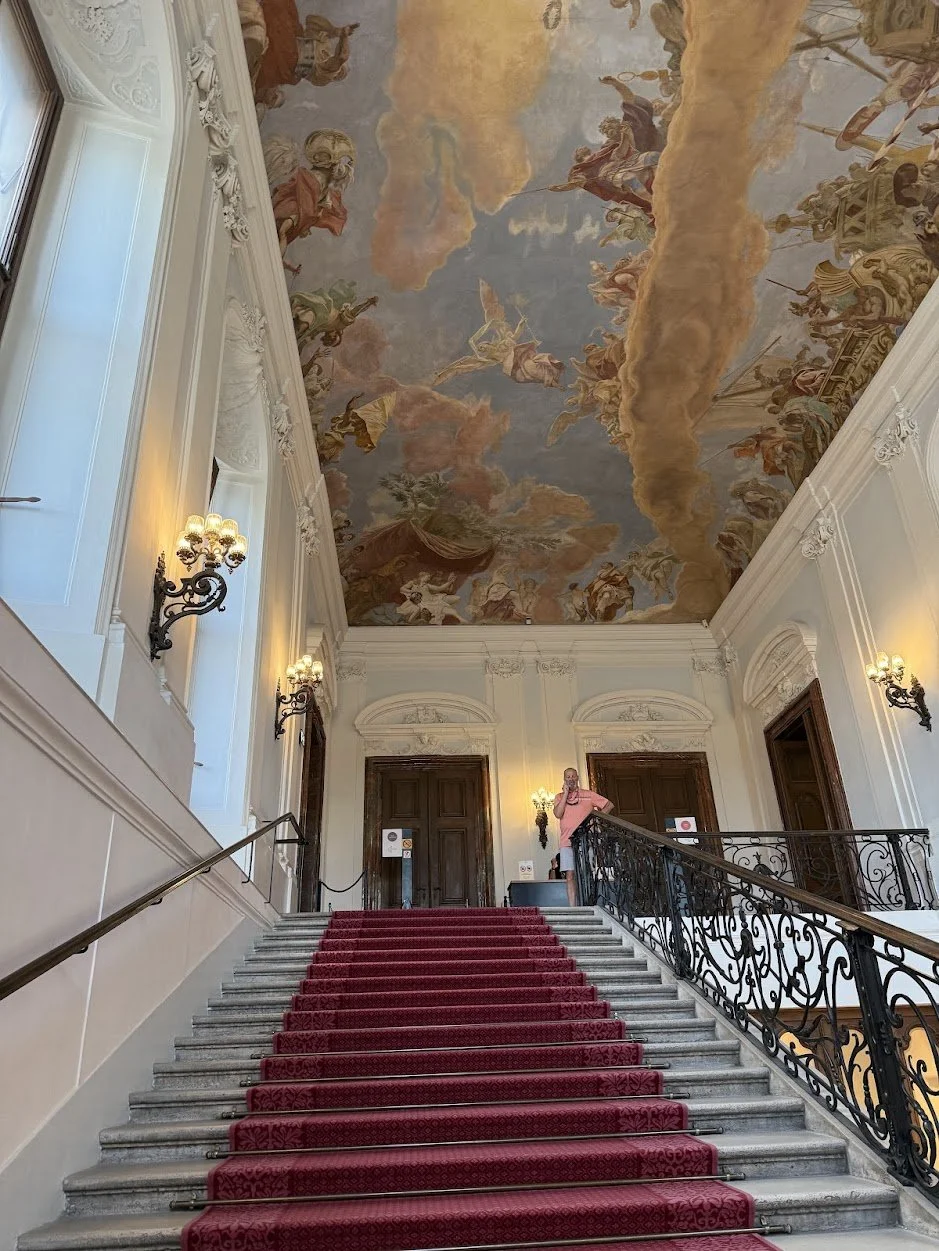


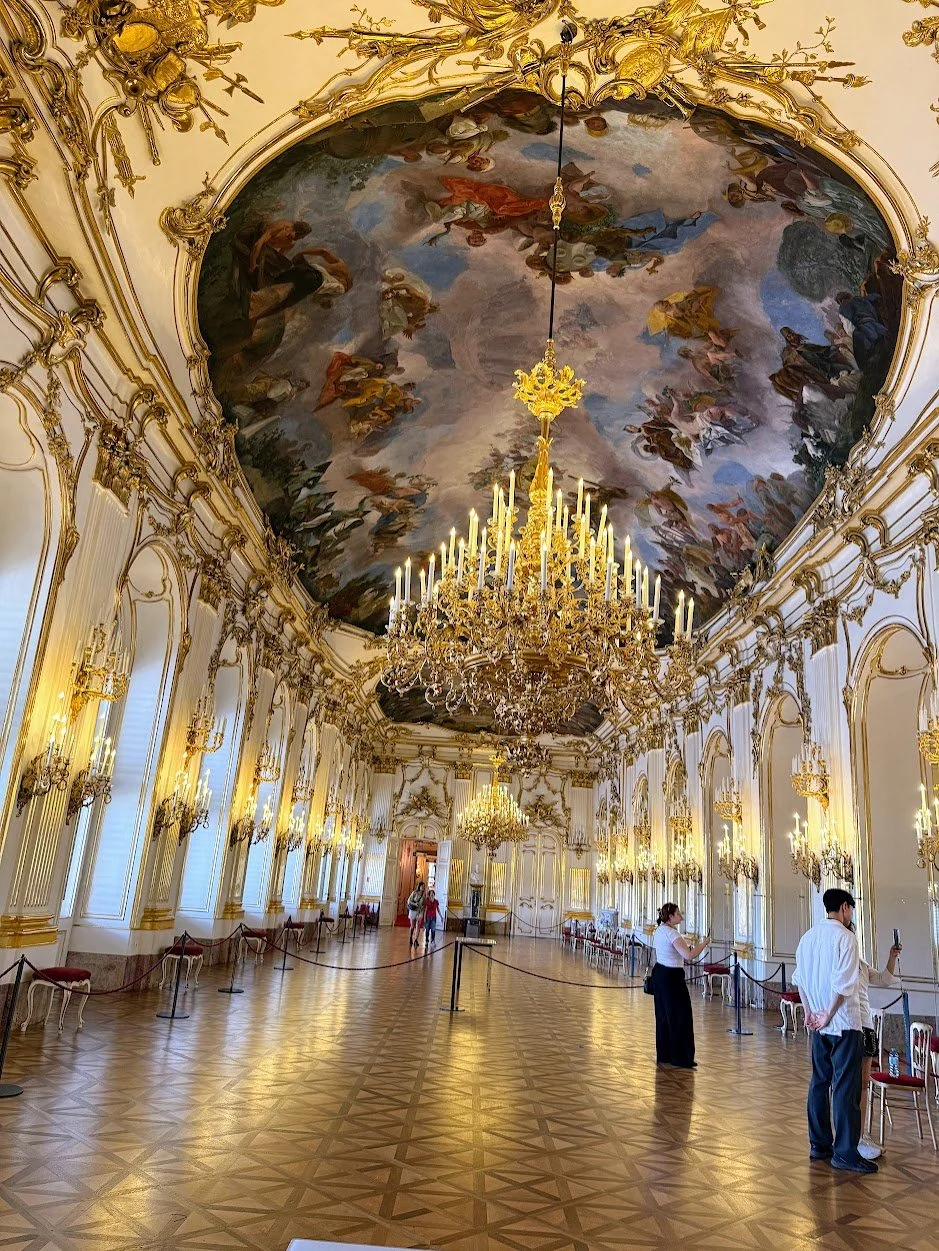
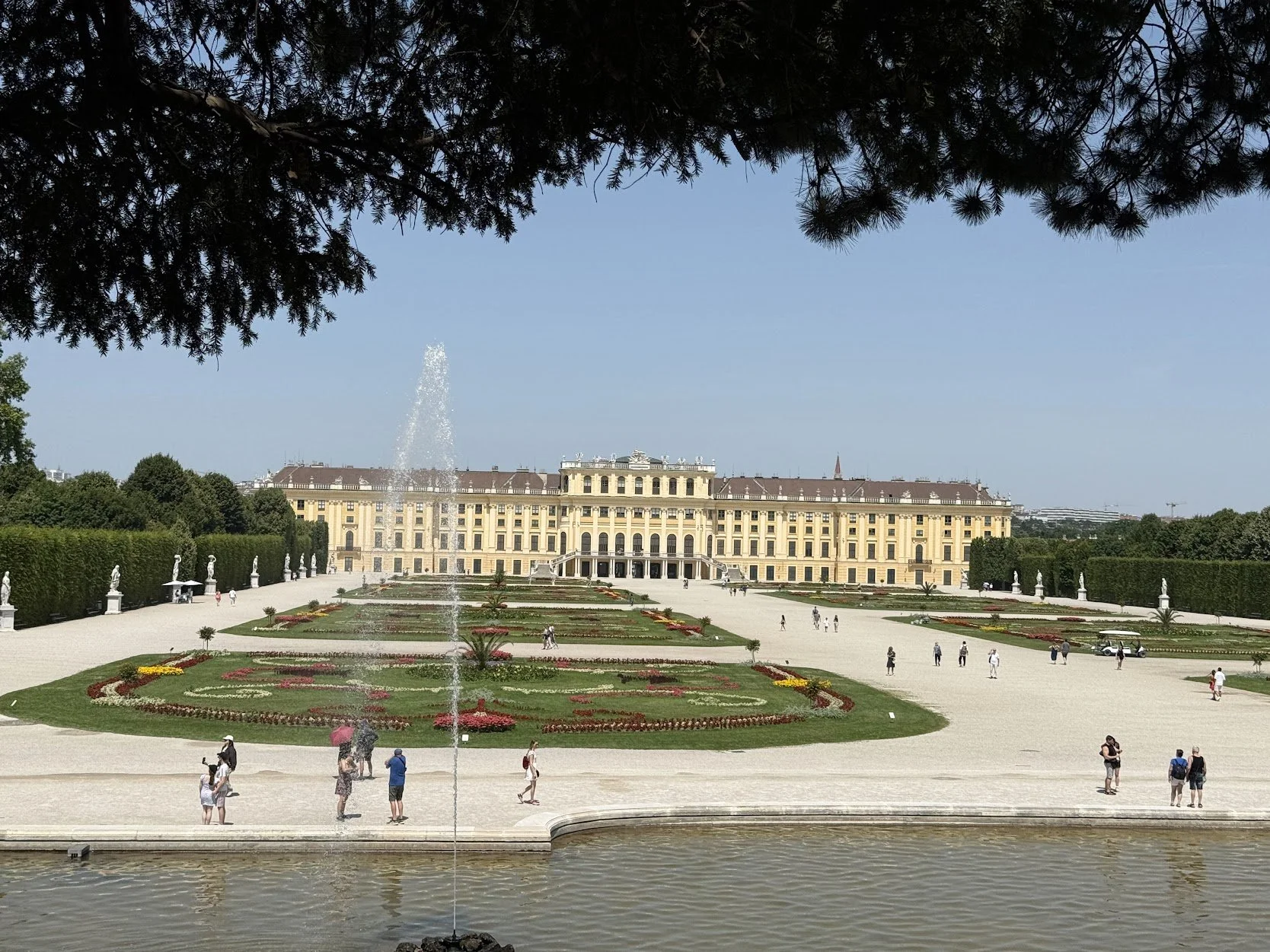



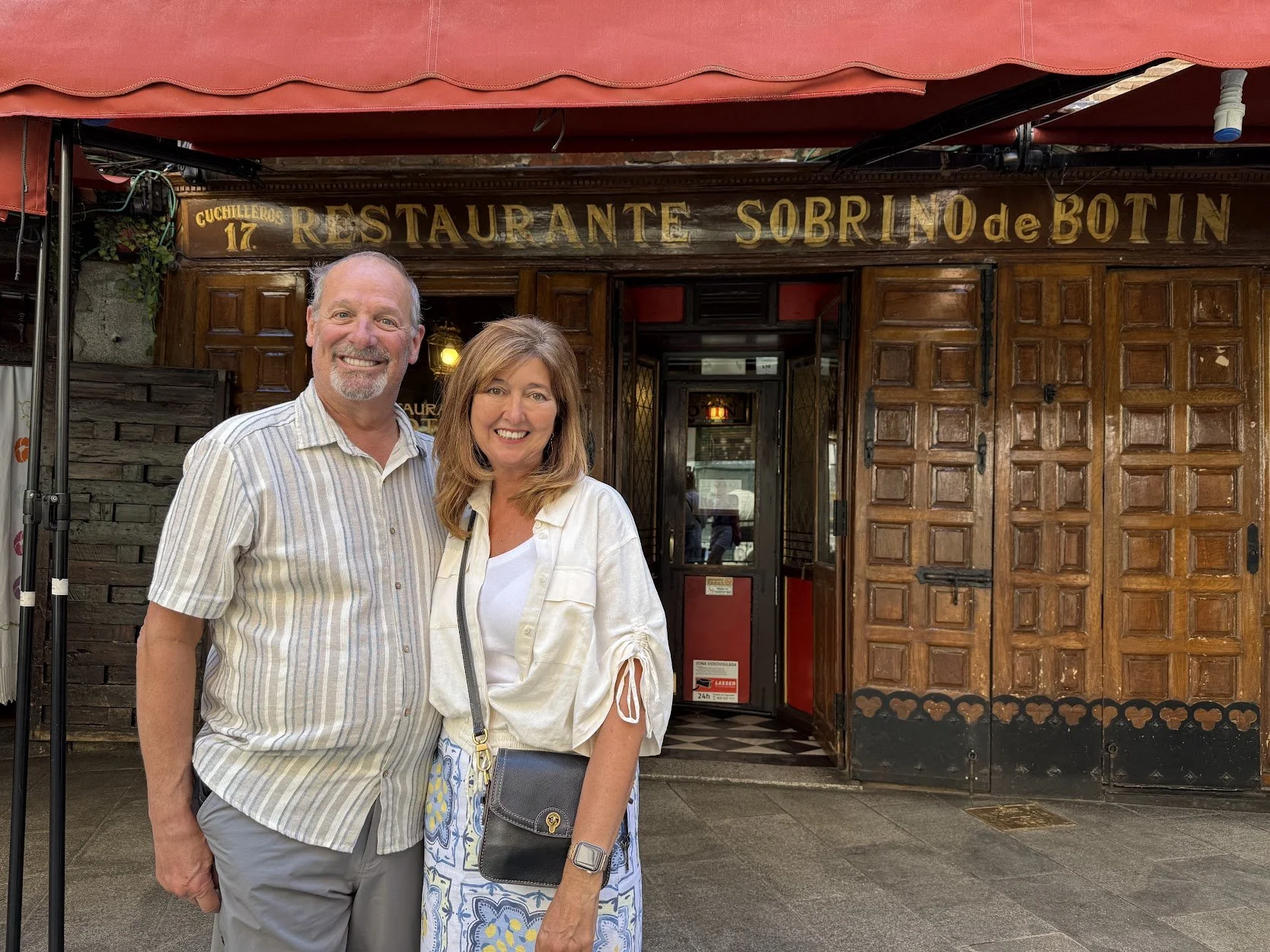
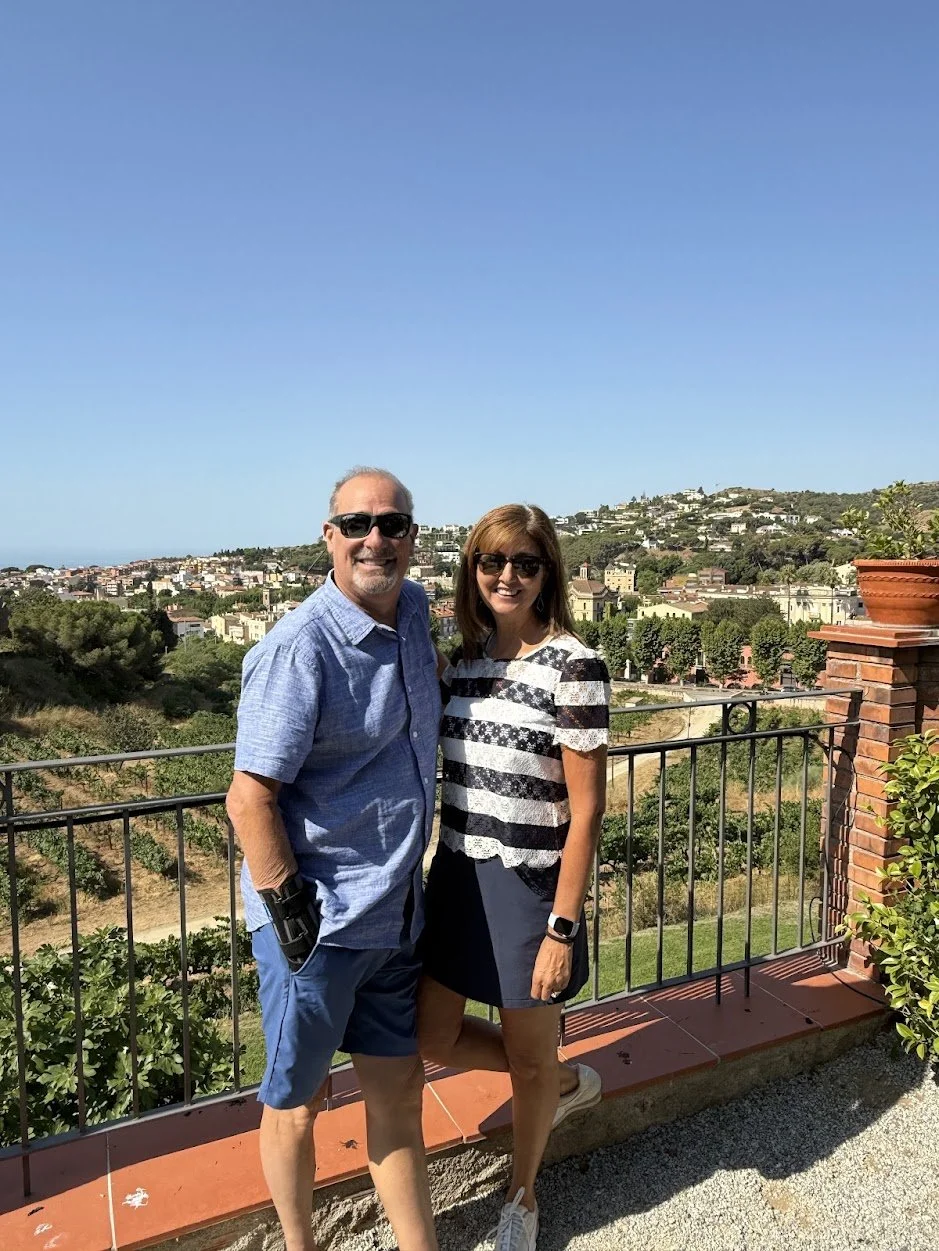

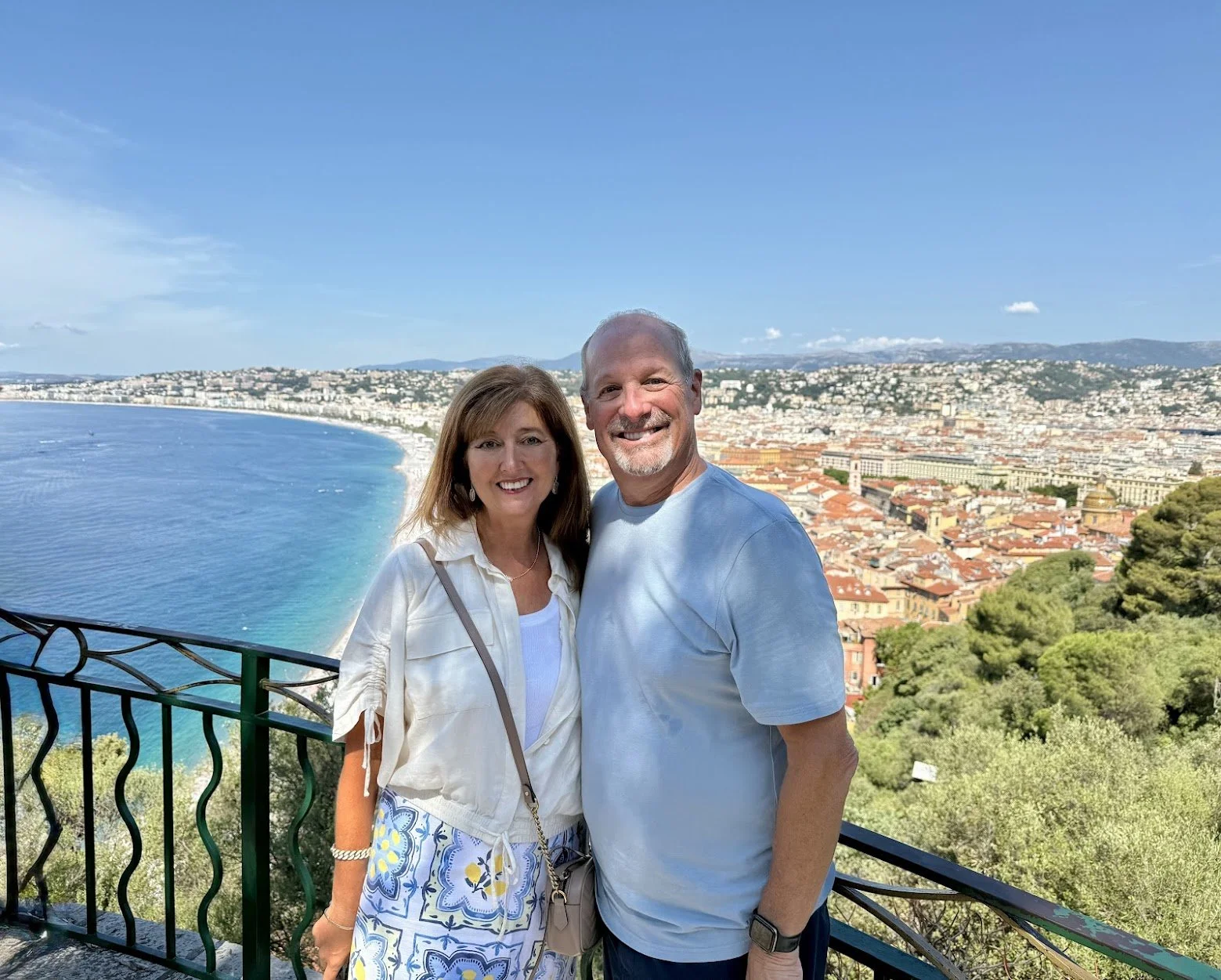
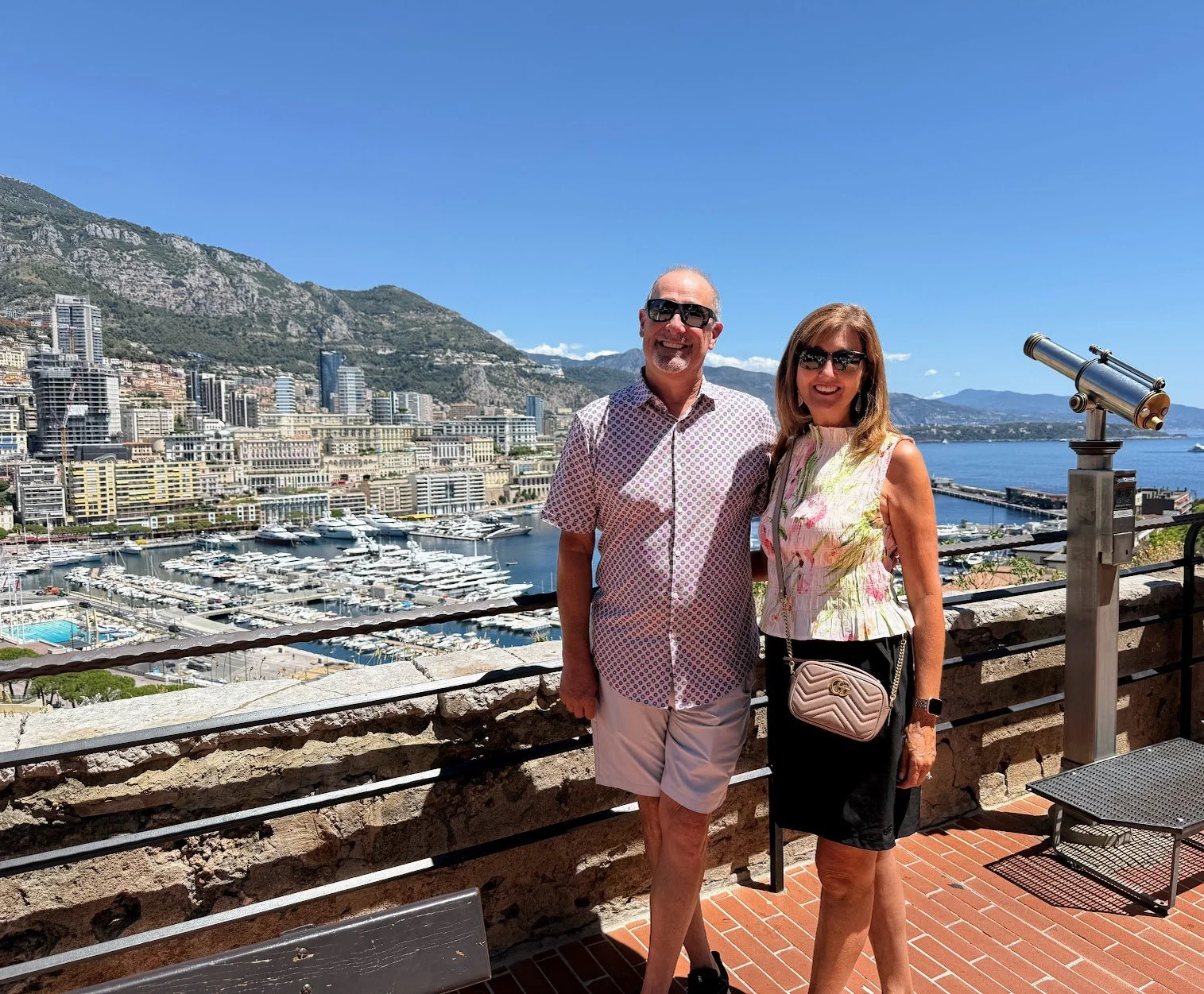


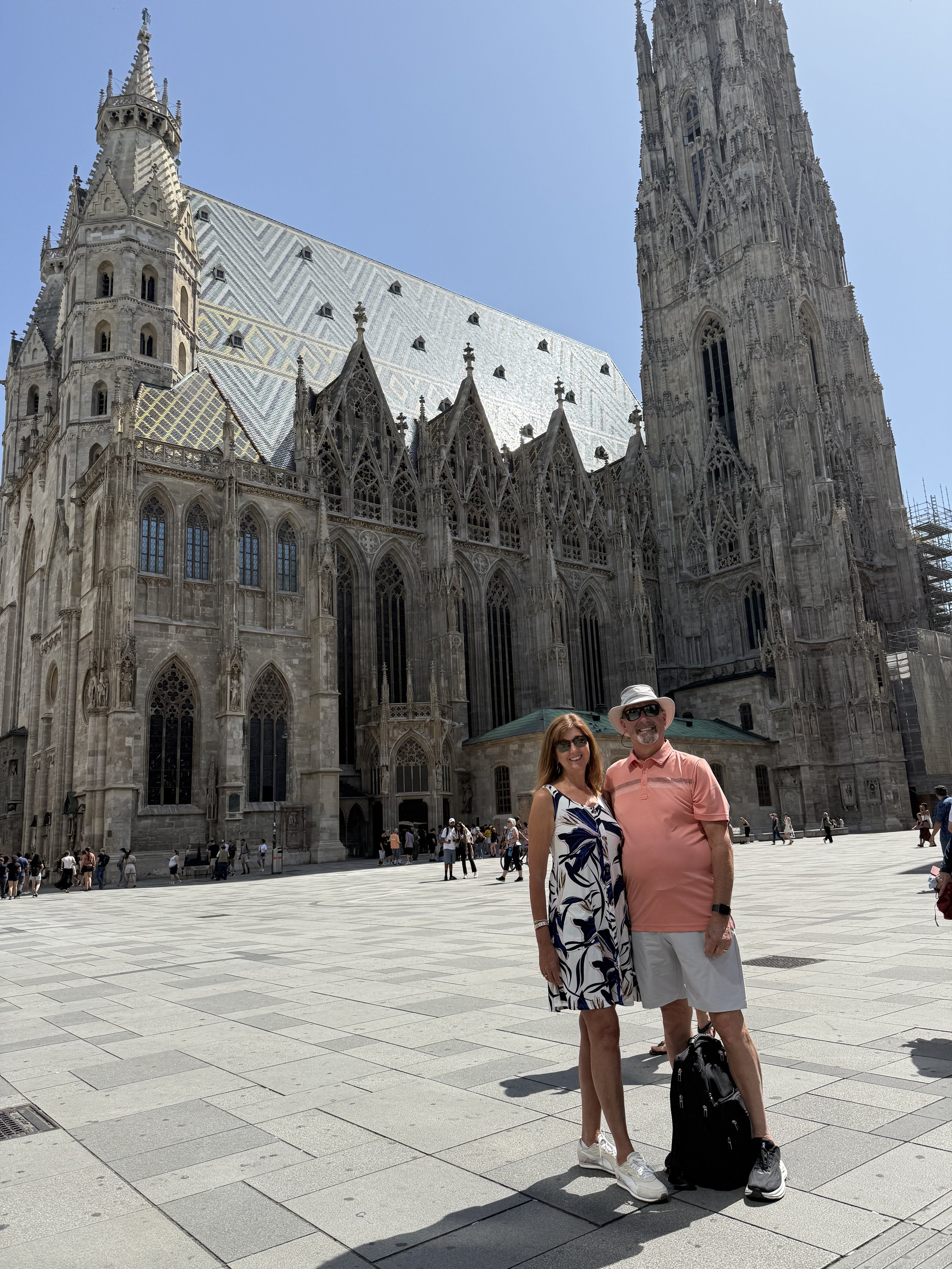

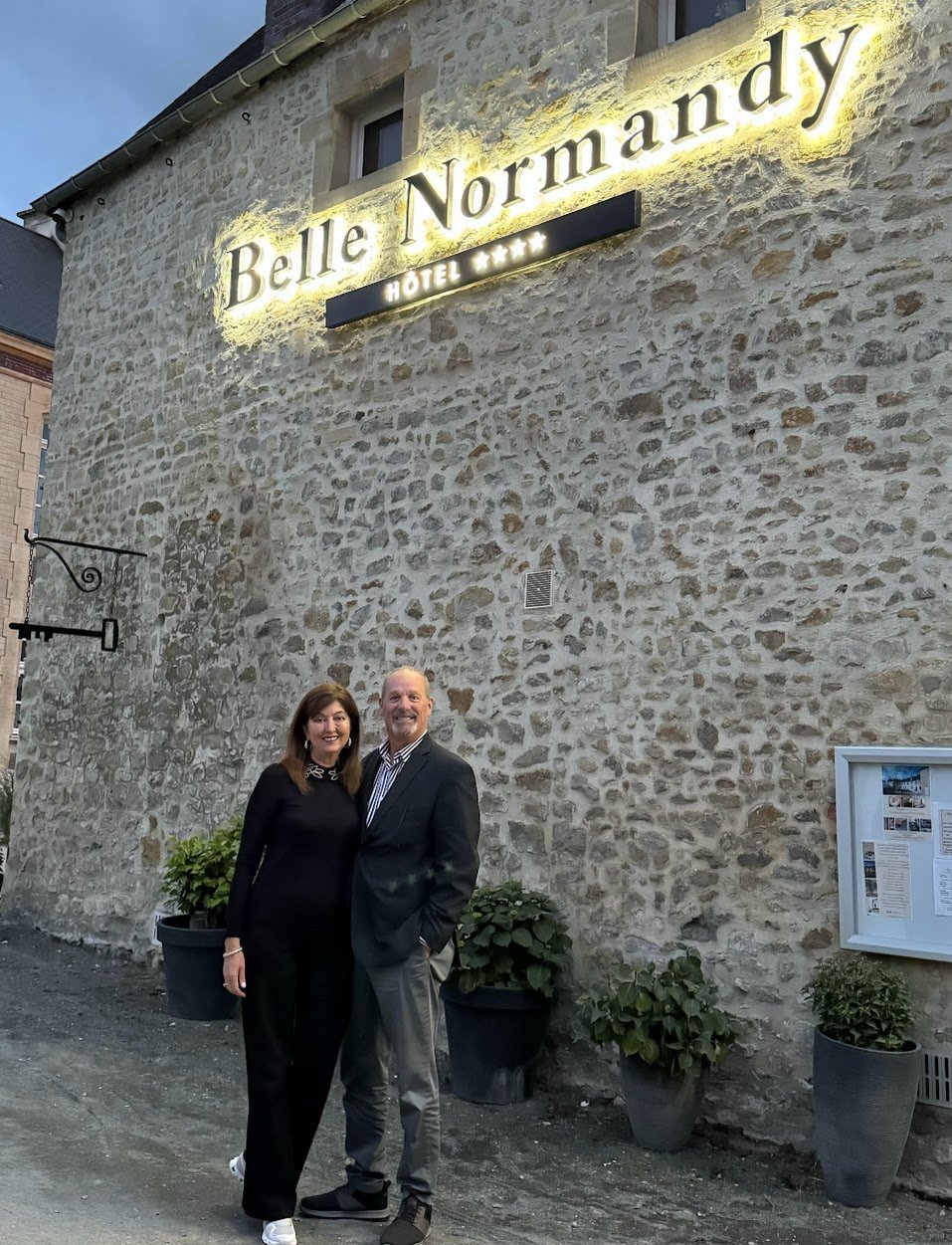
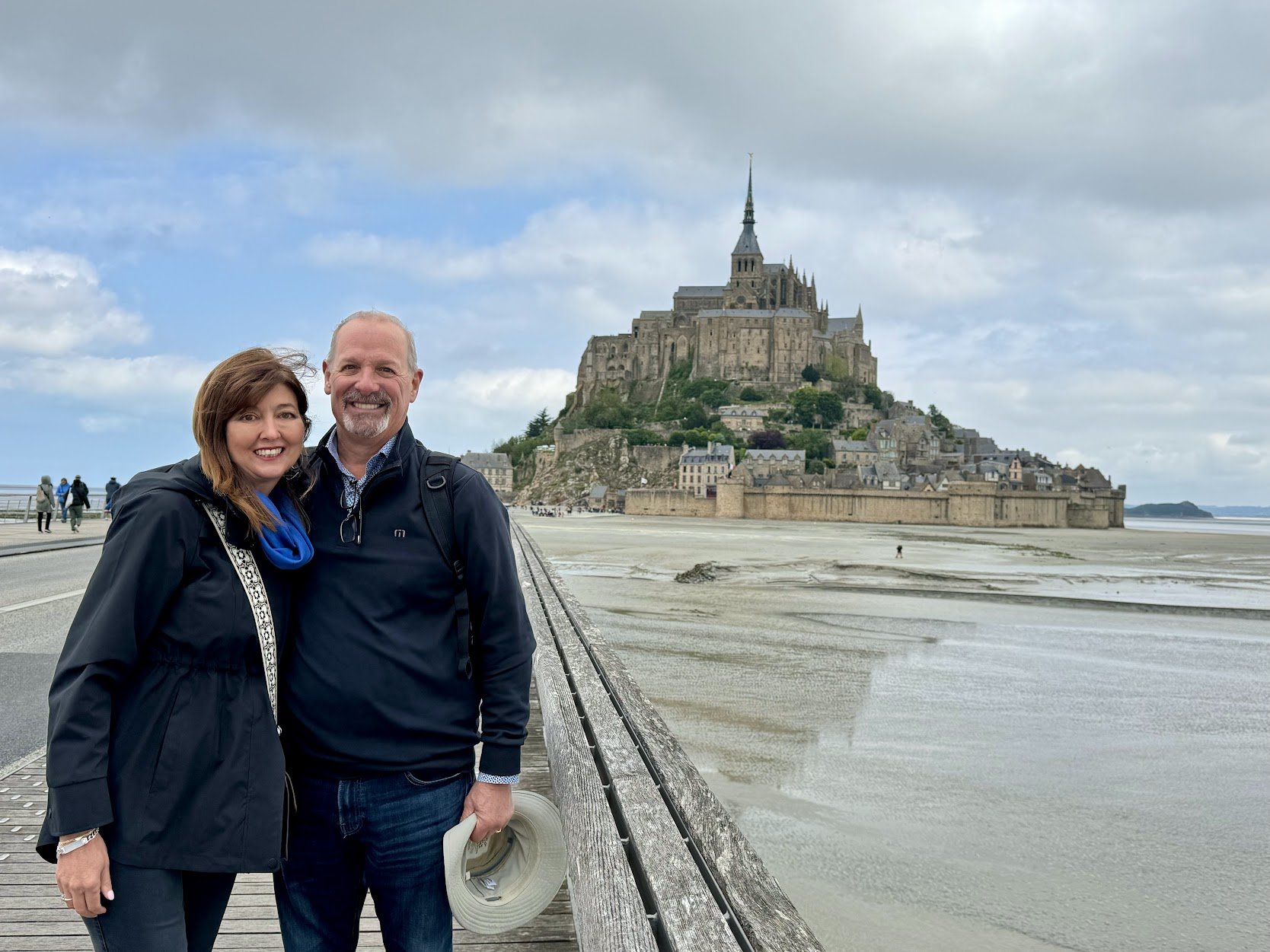
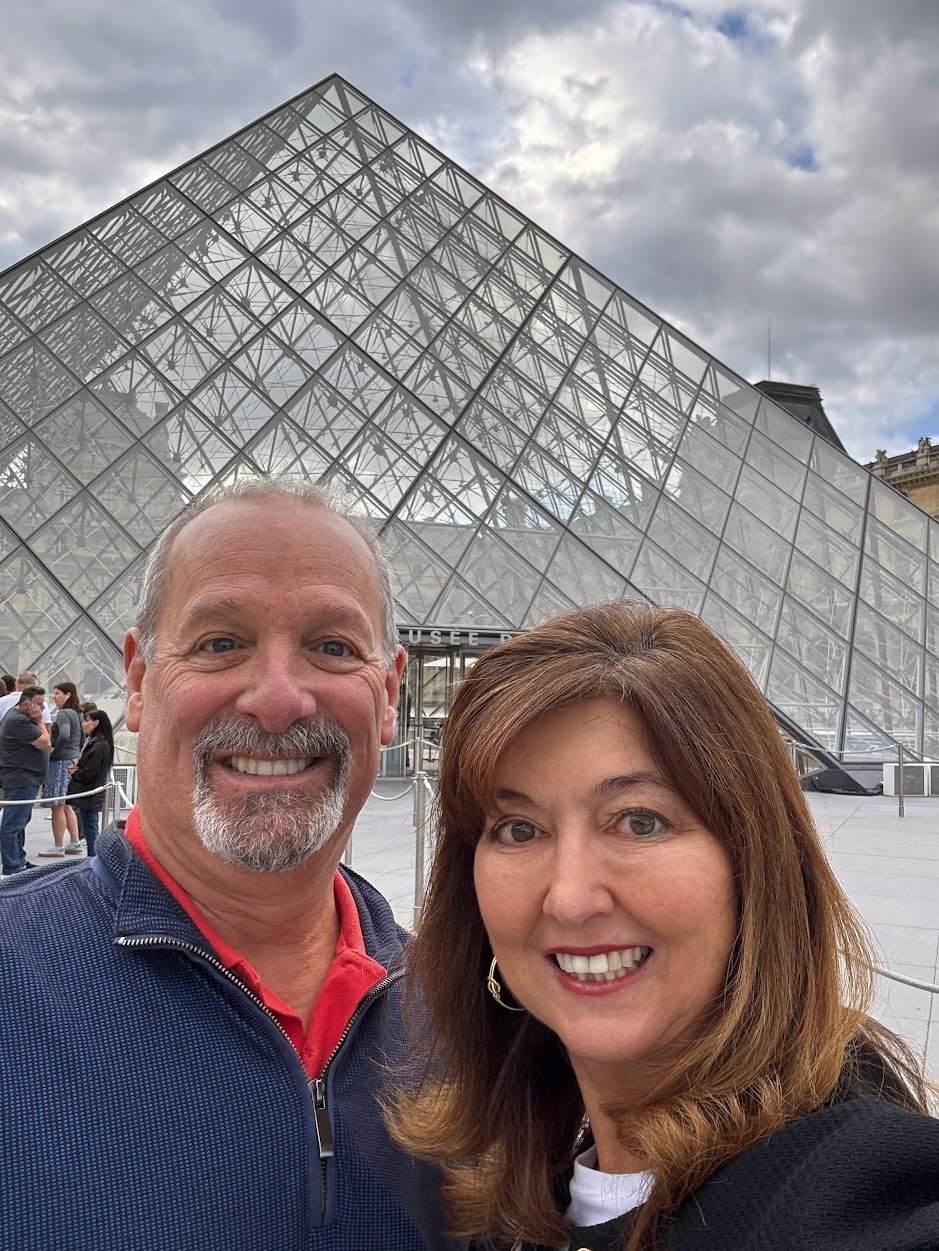
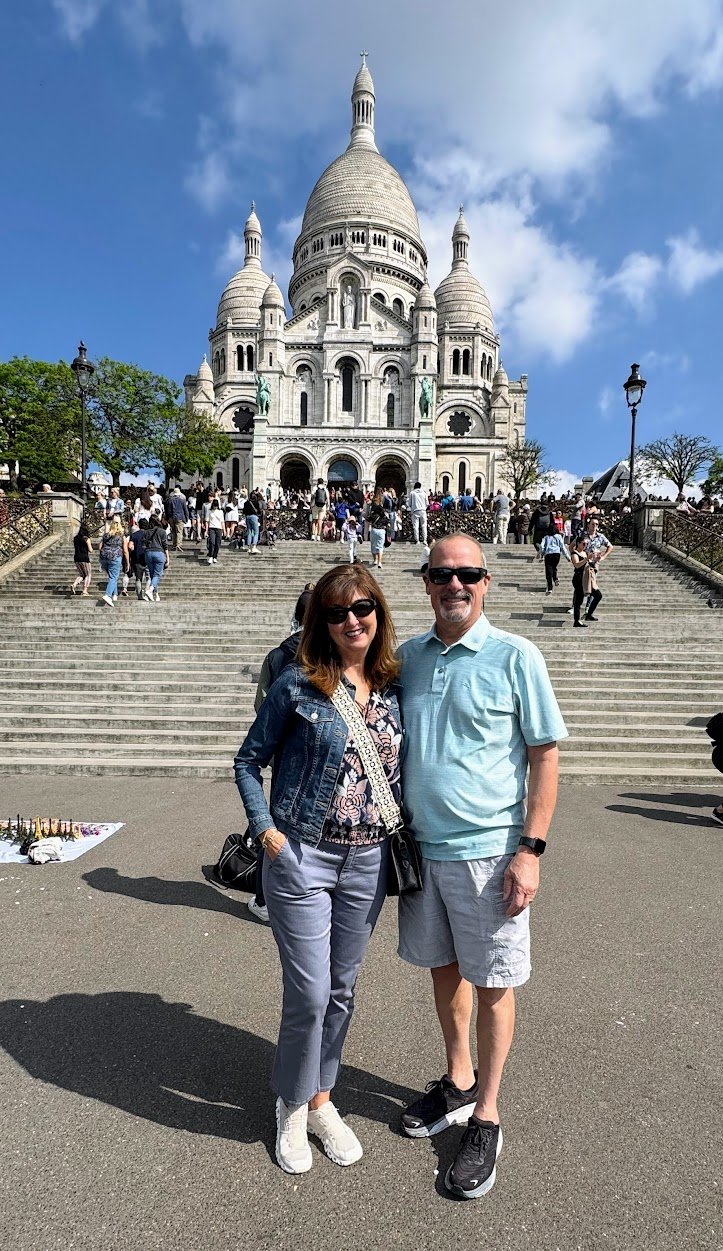

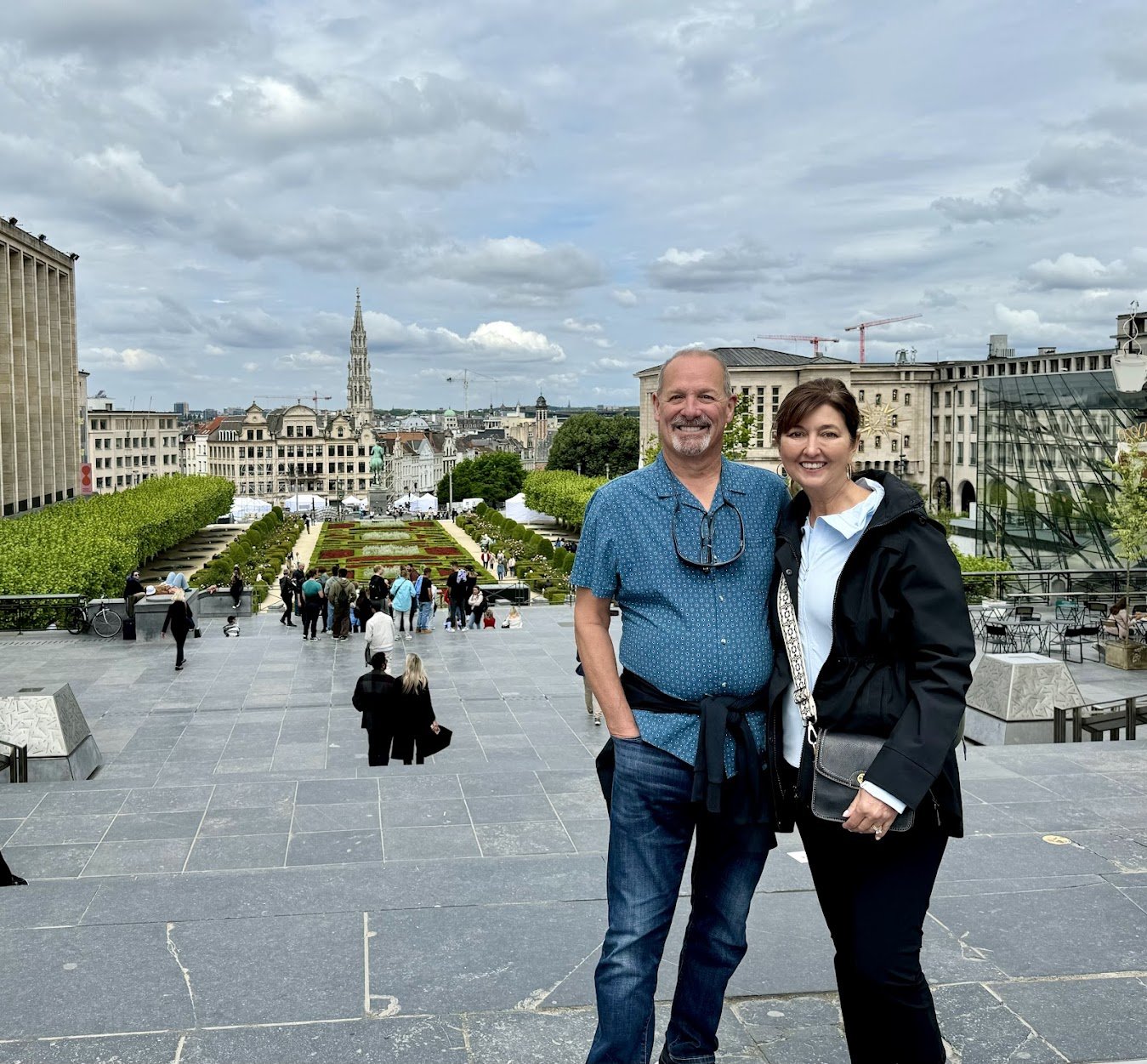
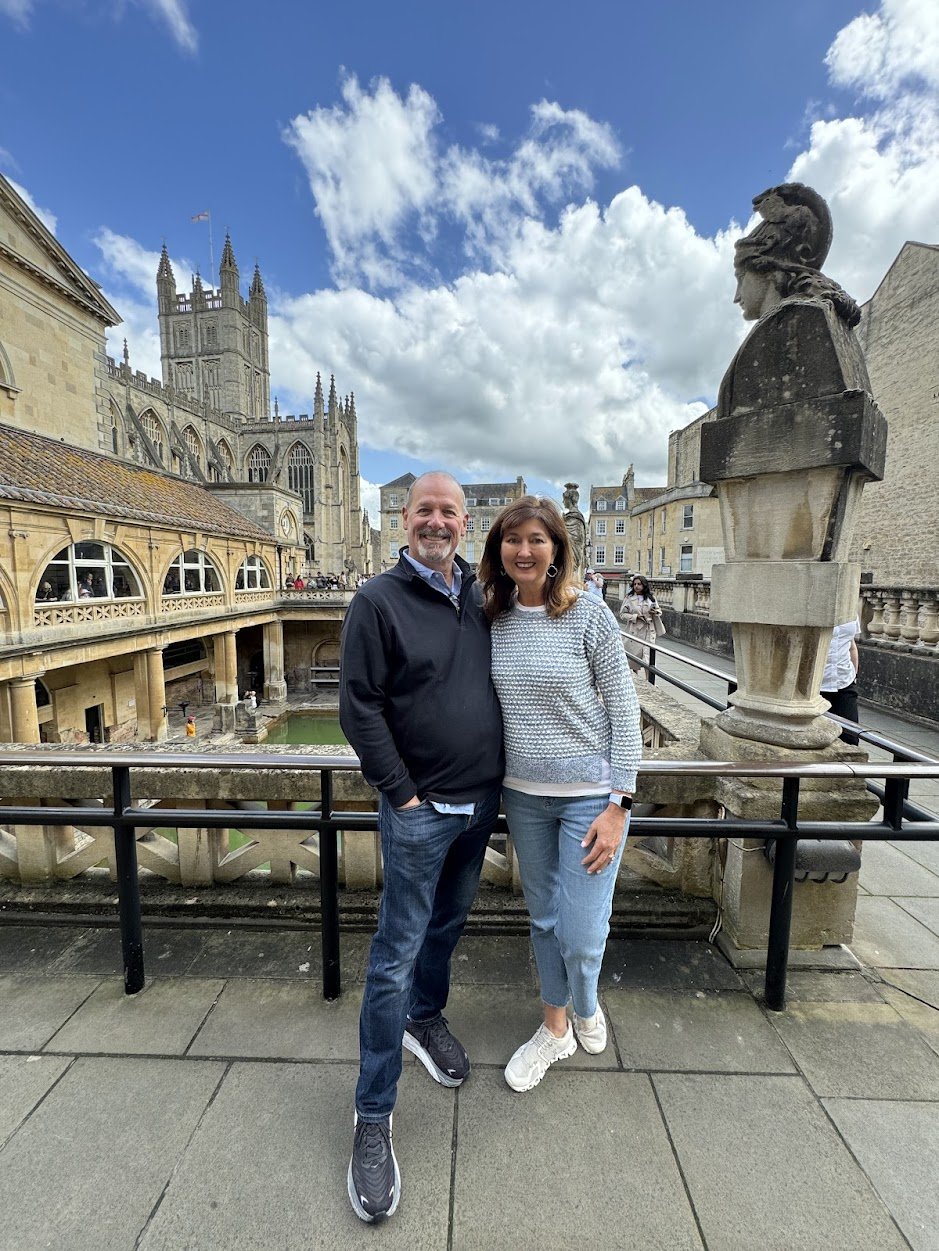

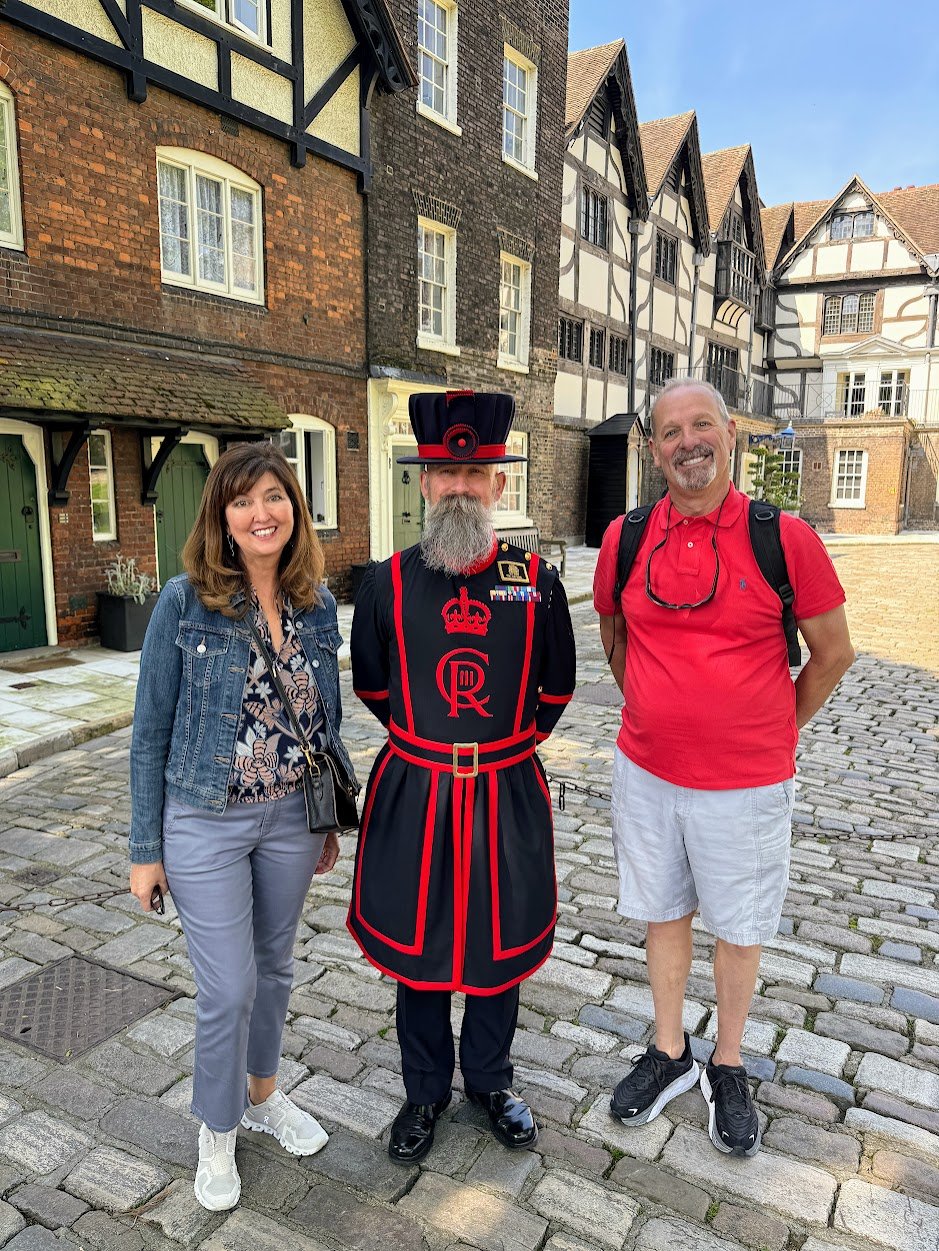
Neuschwanstein a fairy-tale castle, and a view worth the climb.